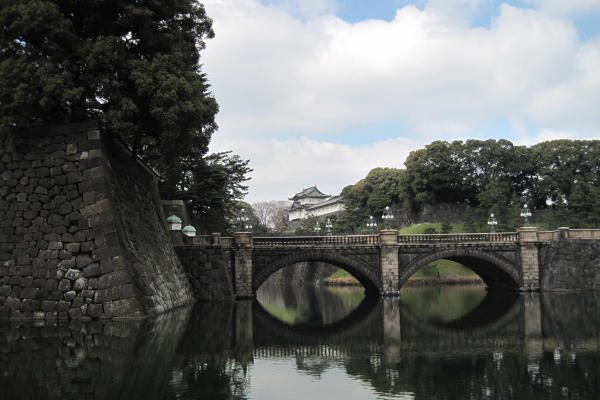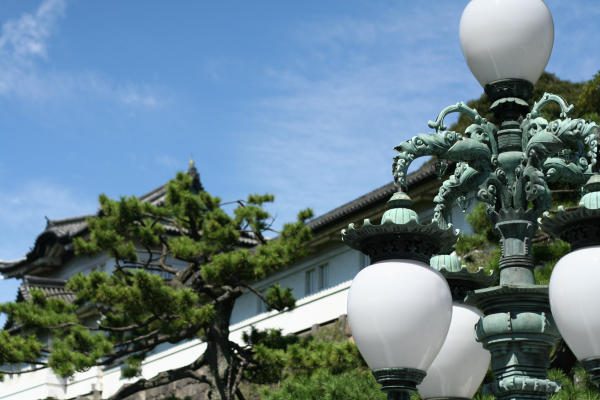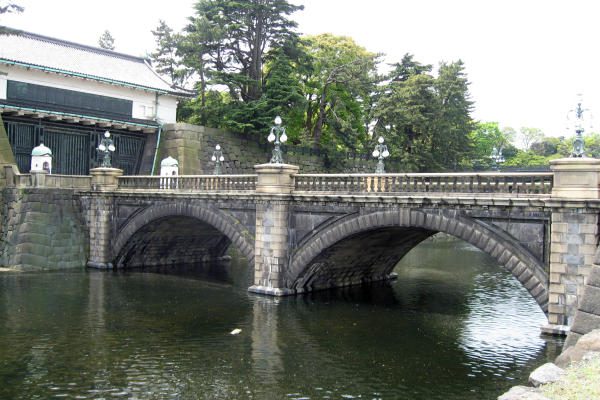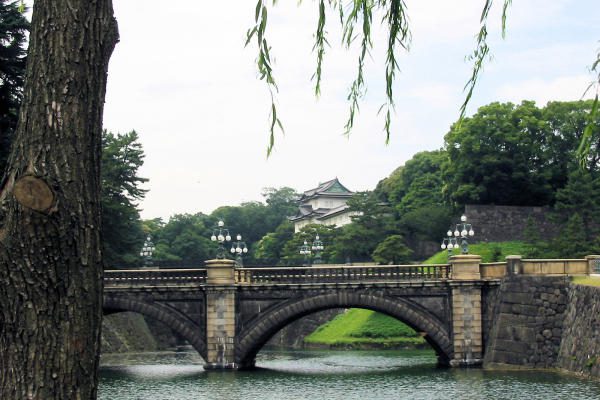Two-tiered Bridge (Nijubashi Bridge): A Historical and Cultural Icon of Japan
Two-tiered Bridge, also known as Nijubashi Bridge, is one of the most iconic landmarks of the Imperial Palace in Tokyo, Japan. This magnificent structure has a rich history and cultural significance that attracts millions of visitors every year. In this article, we will explore the highlights, history, atmosphere, culture, access, nearby places to visit, and conclude with why Nijubashi Bridge is a must-see destination in Japan.
Highlights of Nijubashi Bridge
History of Nijubashi Bridge
The construction of Nijubashi Bridge dates back to the early 17th century when the Tokugawa Shogunate built the Edo Castle, which later became the Imperial Palace. The bridge was initially a wooden structure, but it was rebuilt in stone in the 19th century. During the Meiji Restoration, the bridge played a crucial role in the transfer of power from the Shogunate to the Emperor. In 1945, the bridge was destroyed during the bombing of Tokyo but was later rebuilt to its current form.
Atmosphere of Nijubashi Bridge
The atmosphere around Nijubashi Bridge is serene and peaceful, with the surrounding moat and palace gardens adding to the tranquility. The bridge is a popular spot for photography, and visitors can enjoy a leisurely stroll along the moat while taking in the beautiful scenery.
Culture of Nijubashi Bridge
Nijubashi Bridge is a symbol of Japan’s rich cultural heritage and its connection to the imperial family. The bridge is an integral part of the Imperial Palace, which has been the residence of the Emperor of Japan for centuries. Visitors can learn about Japan’s history and culture by exploring the palace grounds and the nearby museums.
Access to Nijubashi Bridge
The nearest train station to Nijubashi Bridge is Otemachi Station, which is a 10-minute walk away. Visitors can also take a bus or taxi to the palace grounds. The bridge is open to the public during specific times of the year, and visitors need to book a tour in advance to access the palace grounds.
Plaatsen in de buurt om te bezoeken
There are several nearby places to visit when exploring Nijubashi Bridge and the Imperial Palace grounds. The East Gardens of the palace offer a beautiful view of the city and are a popular spot for cherry blossom viewing. The National Museum of Modern Art and the Science Museum are also nearby and offer a glimpse into Japan’s art and science history.
Plekken in de buurt 24/7 geopend
For those who want to explore the city after visiting Nijubashi Bridge, there are several nearby spots that are open 24/7. The Tokyo Station and the Ginza shopping district are both within walking distance and offer a range of dining and shopping options. The Tsukiji Fish Market is also nearby and is a must-visit for seafood lovers.
Conclusie
Nijubashi Bridge is a historical and cultural icon of Japan that offers visitors a glimpse into the country’s rich heritage. Its two-tiered structure, architectural beauty, and serene atmosphere make it a must-see destination for anyone visiting Tokyo. Whether you are interested in history, culture, or just want to take in the beautiful scenery, Nijubashi Bridge is a destination that should not be missed.





